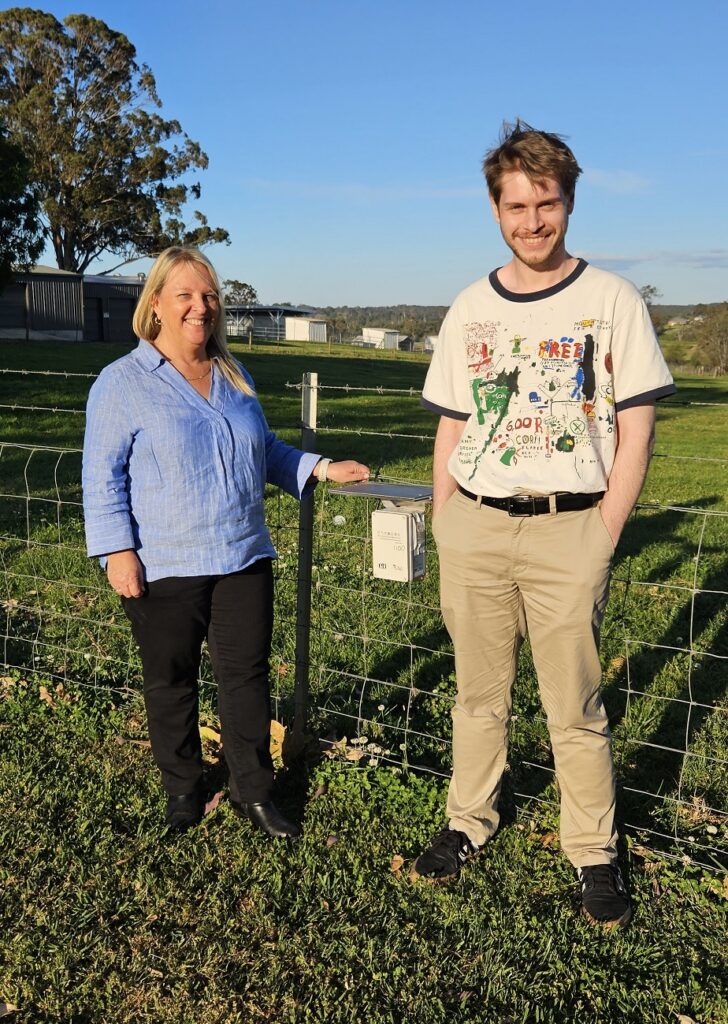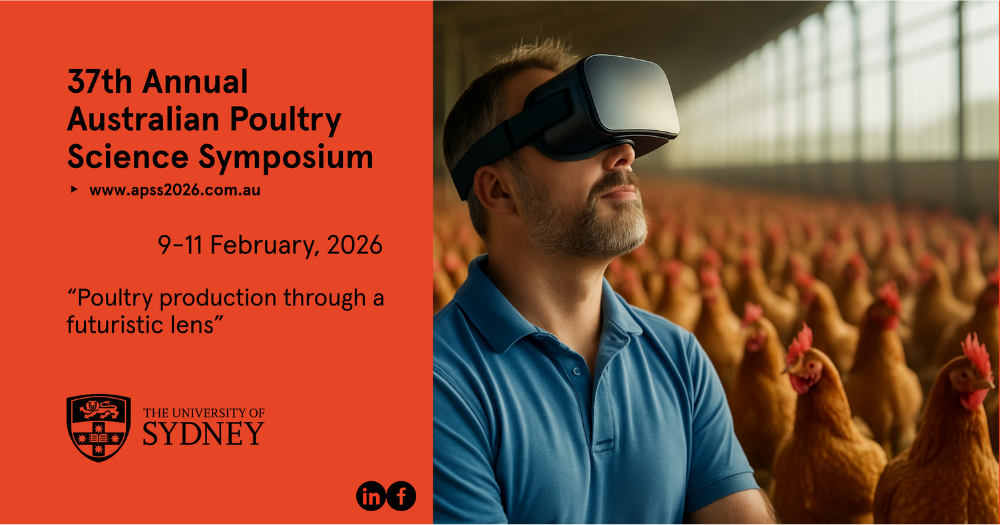New Research Targets Aerosol Spread of Avian Influenza During Outbreak Response
by Jenny-Ann Toribio
Australia’s layer egg industry is facing increasing challenges from highly pathogenic avian influenza (HPAI), with six outbreaks since 2020 affecting farms in Victoria, New South Wales, and the ACT. Emerging evidence from some of these recent outbreaks suggests that aerosol spread may on occasion contribute to virus movement from infected sheds to neighbouring farms.
There is industry concern that control measures on infected poultry farms during outbreaks of HPAI, particularly during disposal and destruction (D&D), may inadvertently generate AI virus aerosols potentially contributing to farm-to-farm transmission.

In response, a new research project funded by Australian Eggs and led by the University of Sydney has commenced to investigate the potential for aerosol generation during D&D and its role in HPAI spread. This multidisciplinary initiative brings together experts in veterinary epidemiology, virology, poultry health, and atmospheric science from four leading institutions: the University of Sydney, CSIRO’s Australian Centre for Disease Preparedness, NSW Department of Primary Industries, and Queensland University of Technology.
The project comprises three integrated studies:
- Survey of poultry veterinarians and layer farmers
To benchmark current shed designs on layer farms along with end-of-production bird and manure management practices; information to direct recruitment of farms with common shed types for the on-farm study. - On-Farm Study Monitoring Dust
Real-time fine particulate monitoring (PM2.5) will be conducted during routine end-of-production culling to quantify fine dust aerosol concentrations and identify conditions that favour aerosol generation. - Laboratory Study on Virus Viability
Researchers will spike layer shed manure samples with low pathogenicity AI virus to assess AI virus viability in manure under varying temperature and moisture conditions - Modelling Aerosol Spread Using SPREAD-HPAI
Application of the SPREAD-HPAI framework informed by the data generated by the survey, laboratory study and on-farm study will provide new knowledge about the potential for AI aerosol generation and the factors influencing it.
This project will provide evidence-based estimates of HPAI aerosol generation during depopulation and disposal (D&D) and, by identifying the conditions that favour aerosol generation, it is expected to provide recommendations for practical actions that can be implemented during D&D to minimise aerosol generation.
This research represents a proactive step toward strengthening outbreak management and reducing the economic impacts of HPAI outbreaks in Australia, along with protecting poultry, human, and wildlife health. Findings will be shared through industry presentations, scientific publications, and a final stakeholder workshop, ensuring practical relevance and industry engagement.
Latest news
Our events
- The Countdown is on for APSS 2026With just over 120 days until APSS 2026, planning for the 37th annual Australian Poultry Science Symposium is progressing smoothly. Next year’s event will return to the University of Sydney Business School – Belinda Hutchinson Building (H70) on the Camperdown Campus, and we’re excited to once again welcome delegates for 2.5 days of presentations, posters, networking, and industry engagement.
Connect with us:


